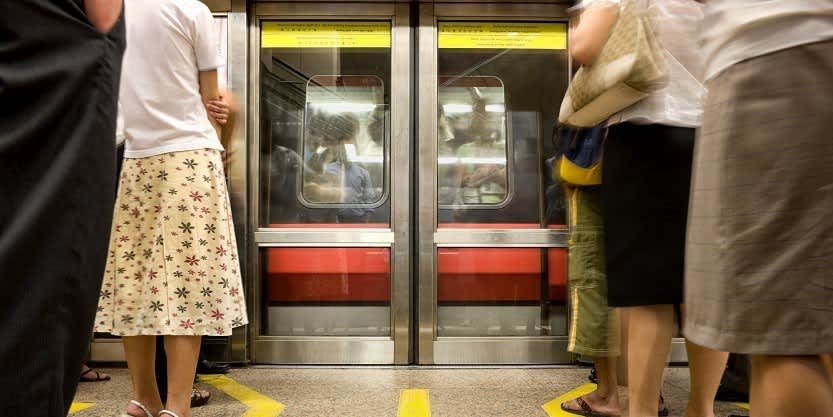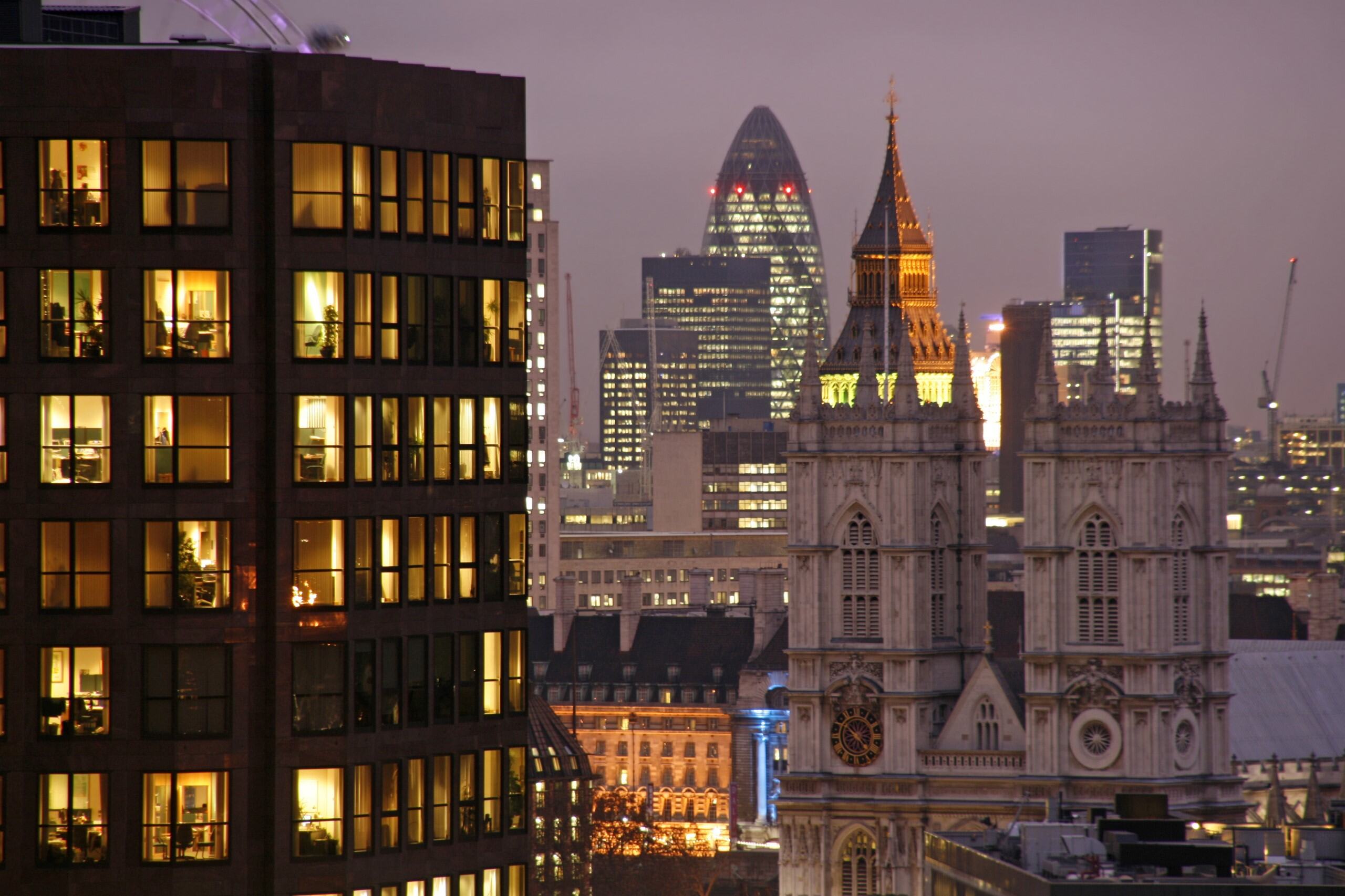In recent years, the waterfront area of Glasgow has become a new go-to destination for business. It was once a shipbuilding and industrial heritage, but the area has skewed towards office developments as it builds its reputation as a modern business district.
Financial service giants including JP Morgan and Barclays and public sector bodies such as HMRC are stepping in, with more to come as the southern bank of the Clyde undergoes wider regeneration.
Mike Buchan, JLL Glasgow lead director states that Glasgow has a compact city centre and finding the larger building footprint occupiers are increasingly looking for, is more difficult. Hence, people are realising the waterfront area is a good option because it has the space for companies to build appropriate scale of offices to their specification in a location close to the key Glasgow transport connections.
He further added that Glasgow’s skyline is certainly changing and there’s demand for taller buildings.
Similar to other UK cities, Glasgow-based businesses are seeking modern, flexible buildings with inspiring external environments and nearby amenities such as cafes, gyms and restaurants that will attract and retain skilled workers.
Barclays is creating a further 2,500 jobs at an office campus as part of the Drum Property Group’s Buchanan Wharf development in a move that is believed to be the largest recorded office deal in the UK regions over the past decade. The development would also include a further 360 build-to-rent apartments to help accommodate the city’s growing workforce.
JPMorgan Chase has also just announced the development of a new technology hub for 1,750 people on Argyle Street.
A £25 million investment in Custom House Quay to further improve the Quay walls, aims to pave the way for future redevelopment and usher in a new chapter for the area as a vibrant place to work and socialise.
Future plans include a mixed-use scheme in the Candleriggs Quarter which would combine offices and homes with shops and leisure. Further along the waterfront towards the west end, a £100 million retail outlet are planned with restaurants, shops and a cinema.
“Glasgow City Council are acutely aware that Glasgow’s highly-regarded universities are producing the talent the city needs to thrive; now it’s all about providing the right environment and community to encourage them to remain in the city after graduation,” says Buchan. “Glasgow is facing competition from the major UK regional cities and beyond, therefore new commercial and residential developments are essential for the future success of the city.”
Redeveloped train stations
Investments in train stations, as part of wider infrastructure projects, have aimed to position UK towns and cities as well-connected destinations.
This include the transformation of Manchester’s central Piccadilly station to host the planned HS2 high speed rail link, as part of a bigger development to create a new city district with 5,000 homes, 250 hotel rooms and hundreds of offices and shops. The project also include the £161 million revamp of Leeds Central Station to make the station a hub for national services, as well as remodel the surrounding roads and build over three million square feet of shops, offices and restaurants.
“The modern rail project can be transformational,” says Charles Pinchbeck, Head of West End Development at JLL. “Train stations are an integral part of placemaking schemes, offering the accessibility that is a key factor in the regeneration of an area.”

Successful Placemaking
Good design plays a critical role when it comes to the use of space surrounding the architecture of the building, whilst companies and homebuyers increasingly prioritise wellbeing and sustainability.
“Placemaking is one of the greatest trends of the century – people don’t just want to be in buildings, they want to be in places. The quality of the environment is absolutely crucial – is it healthy, stimulating and sustainably built?” says Pinchbeck.
“Accessibility was not the catalyst for the regeneration, but the making of the place itself,” Pinchbeck added. “For a redevelopment scheme to succeed in boosting the economy and improving quality of life, it needs to offer good transport links as well as a curated retail, office and leisure environment with high-quality buildings to create the places where people want to be.”
As towns and cities across the UK look to attract a new wave of businesses, investment and people in the coming years, trains stations will continue to be at the heart of urban modernisation projects.
For more information about UK investment opportunities, you may contact JLL International Residential at +603 2260 0700 or wong.christine@ap.jll.com.



